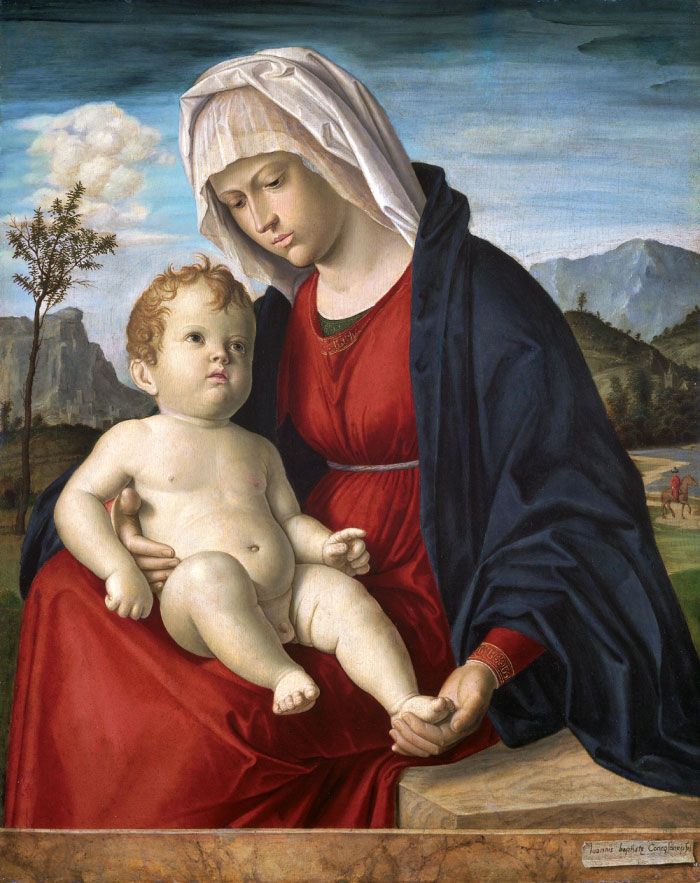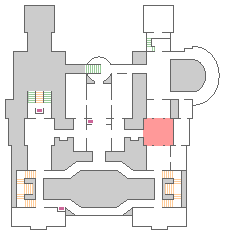Art in Italy (1500–1700)

CIMA da Conegliano (1459–1517)
Virgin and Child
oil on board
c.1500
purchased, 1977
NMW A 240
Art in Italy (1500–1700) features works from the era known as ‘The Renaissance’.
The simple meaning of this term is hard to pin down, but an essential element is the way artists and scholars combined Christian tradition with those of the civilizations of ancient Greece and Rome.
This rediscovery of forgotten classical values led to the word ‘renaissance’, literally meaning ‘rebirth’.
This new culture inspired a period of outstanding artistic creativity. A key stylistic and philosophical development was perspective, using lines drawn to meet at a fixed point, creating the illusion of space on the flat surface of a picture.
Humanist ideas also led to an emphasis on sensitivity and the reality of experience, even when applied to religious images.
The highpoint of the Italian Renaissance was the early sixteenth century, also a period of war and political turmoil. This blending of political upheaval and cultural dynamism produced astonishing artistic achievement.
‘In your most blessed house the arts were born anew, and through your ancestors the world has recovered the most beautiful arts’ (Giorgio Vasari addressing Cosimo de’ Medici, 1555).

Location:
Gallery 2